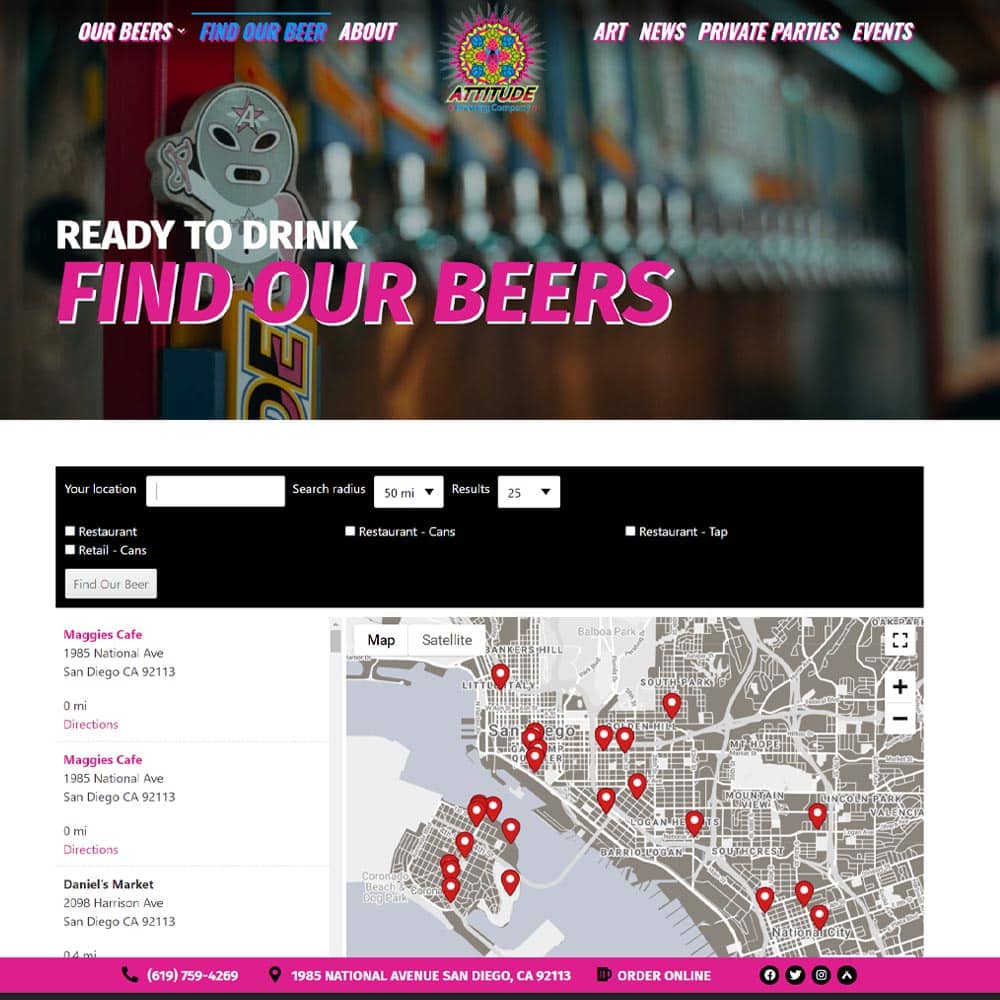By Isaac Taylor, PowerSites Jr. Product Manager
Step 1
Define your target audience (who’s looking for my products/services?)
Before you try to optimize your site for search engines you’ll need to figure out who you’re trying to attract to your site.
You may operate the best auto repair shop in your area, but if you’re not targeting people who need repair work for their vehicles then your site won’t be of any value to you.
Step 2
Define the geographic location of your target audience (where are they going to make their purchases?)
Most business owners should have a pretty good idea of where the majority of their customers come from. If you’re just starting out as a new business then you’ll probably just want to begin with focusing on the city that you’re business is located in.

Another great way to gather this information is through the use of a call tracking number. This is a service that’s included for free with every PowerSite. A call tracking number takes your existing phone number and automatically forwards a new phone number to it.
Step 3
Define what you want to share with your target audience (why are they looking for my products/services?)
By completing steps 1 and 2 this next step will almost take care of itself. You’ll simply need to consider why your target audience is looking for your specific products and/or services.
An auto repair shop that’s really good at repairing radiators will want to share their knowledge of various radiator problems as well as what can cause those problems. This sets them up as experts in the eyes of the visitors to their site, and it will help their visitors to feel empowered by gaining a better understanding of why their radiator isn’t working properly.
Step 4
Consider the keywords that fit your message (what keywords are your target audience using to search for your products/services?)
Now that you know who you want to speak to and what you want to say, you simply need to determine what the best words are to say it. Again, this will be a fairly straight forward process. Just think about what people are going to be asking about when they’re searching for your products and/or services.
These words are called “keywords”, and the keywords that people are using to find your products and/or services should influence the language of your site.
Using the auto shop as an example, we’ll be able to determine that “radiator” should be one of the keywords, and more than likely, the main keyword on the site.
The auto shop owner should know of some additional industry specific keywords that people may be using based on past experience. However, if you’d like some additional help there is a tool known as the Google Keyword Tool that people can use to help them find the ideal keywords for their websites.
You’ll want to avoid using keywords that have more than a couple hundred thousand local monthly searches because those will be highly targeted by big companies. You’ll also want to avoid keywords that have fewer than 20,000 local searches because you generally won’t see much action from those.
Step 5
Using your chosen keywords, write the message that you want to communicate to your target audience (How do I fulfill their needs?)
Now that you’ve chosen the main keyword that you’d like to build your site around, as well as several other ideal keywords that will get your site listed in front of your target audience, you’ll be able to complete all of the content for your site.
If I’m an auto repair shop owner that’s trying to get found by people in Chino, CA who need their radiators repaired, then I’m going to ensure that the majority of my content is about that very topic and relevant to people in that area.
The first place to start is with the very first sentence that will appear on the homepage of the site. This sentence should contain the main keyword along with the target location of my site, but it shouldn’t be forced in there, it should read naturally.
For more detailed SEO guidelines please check out the upcoming e-book we plan to release on the subject.







